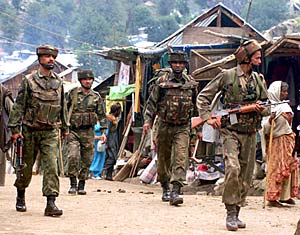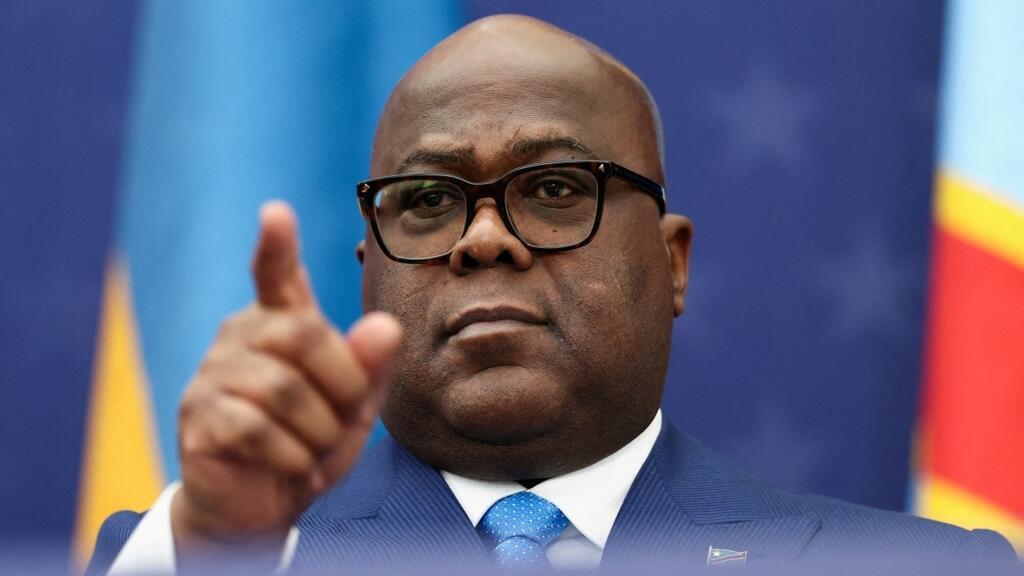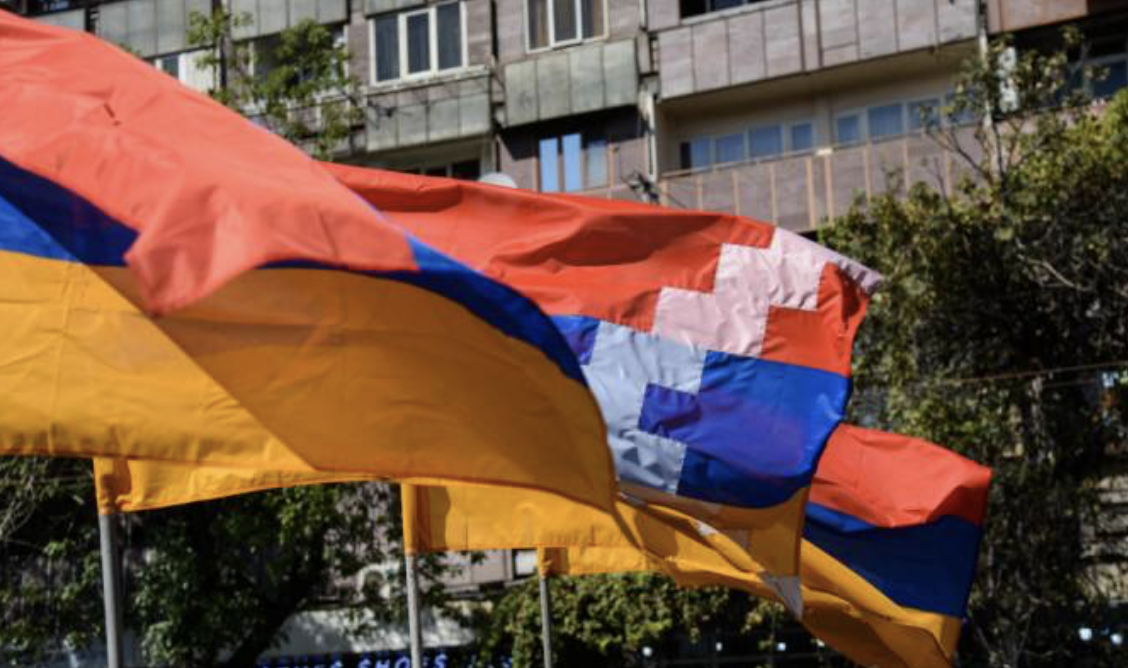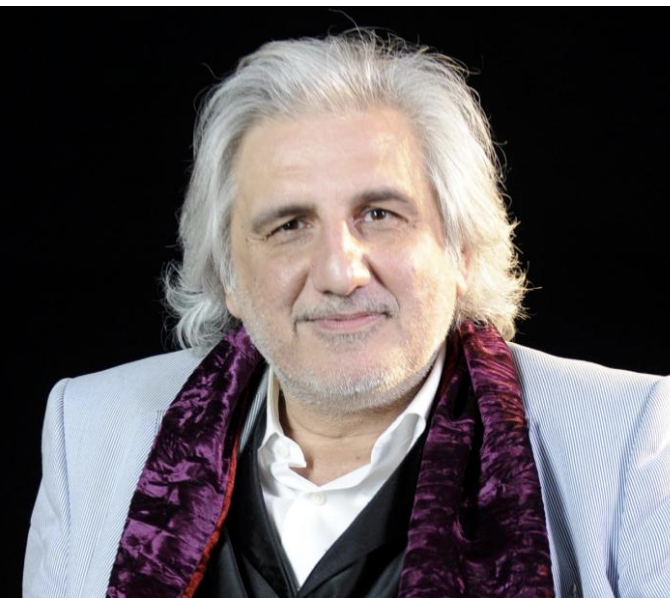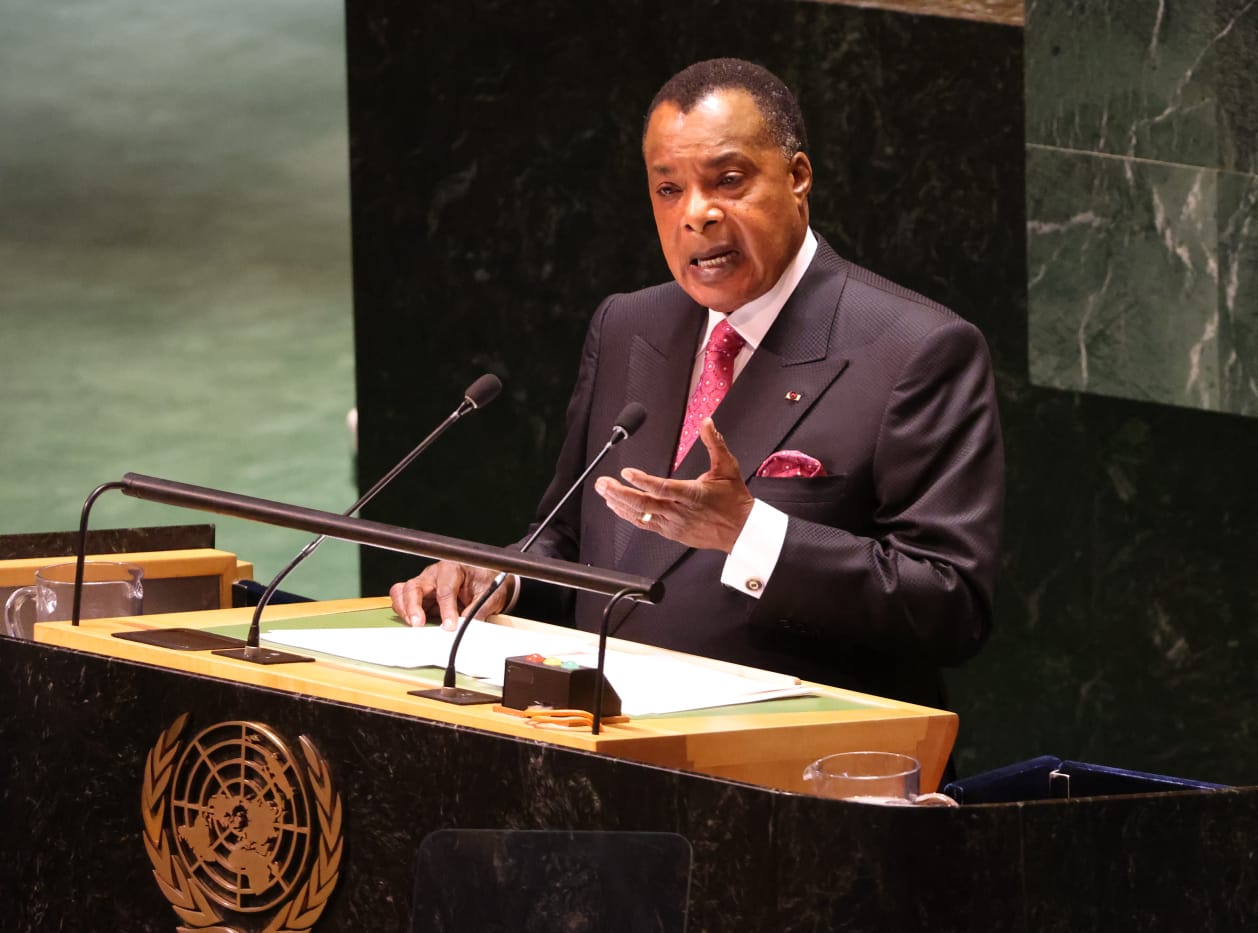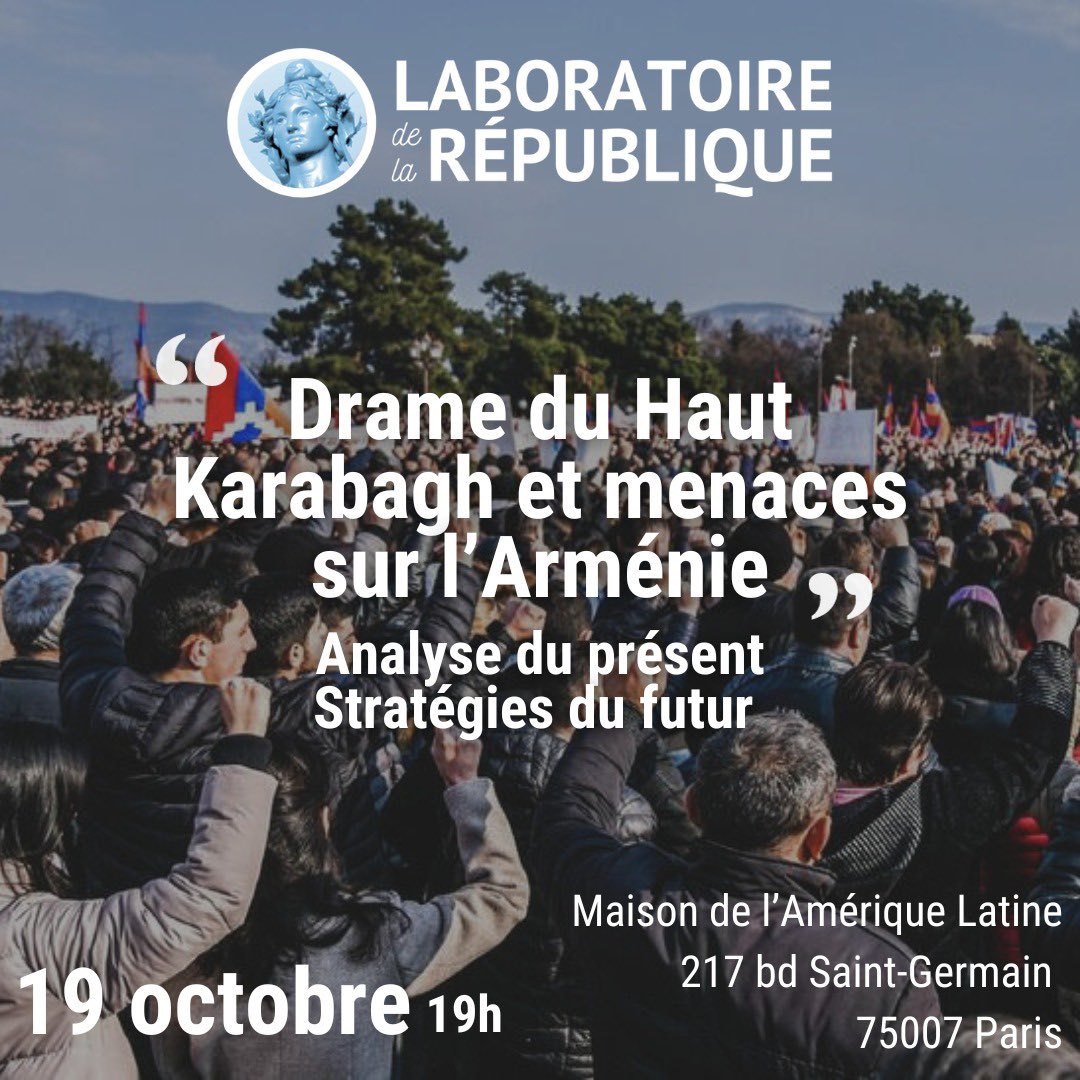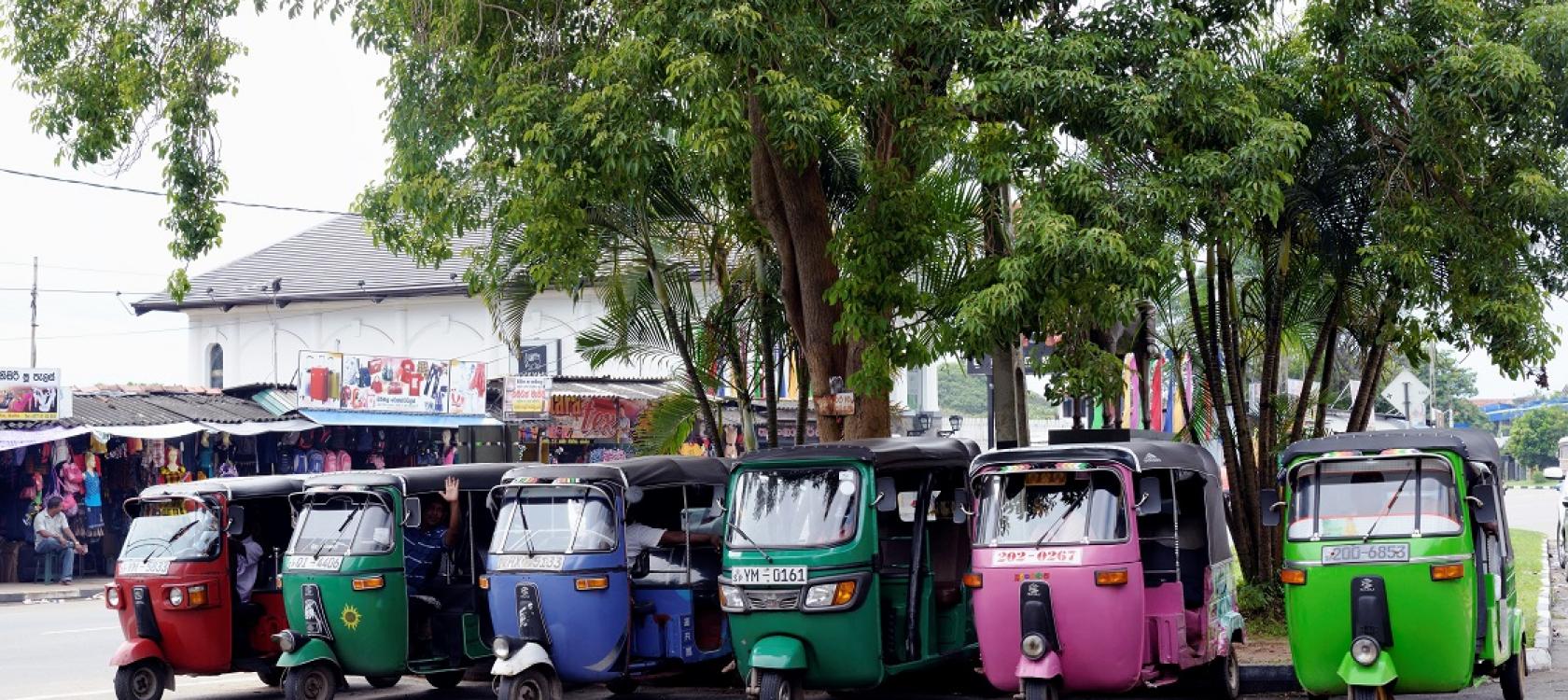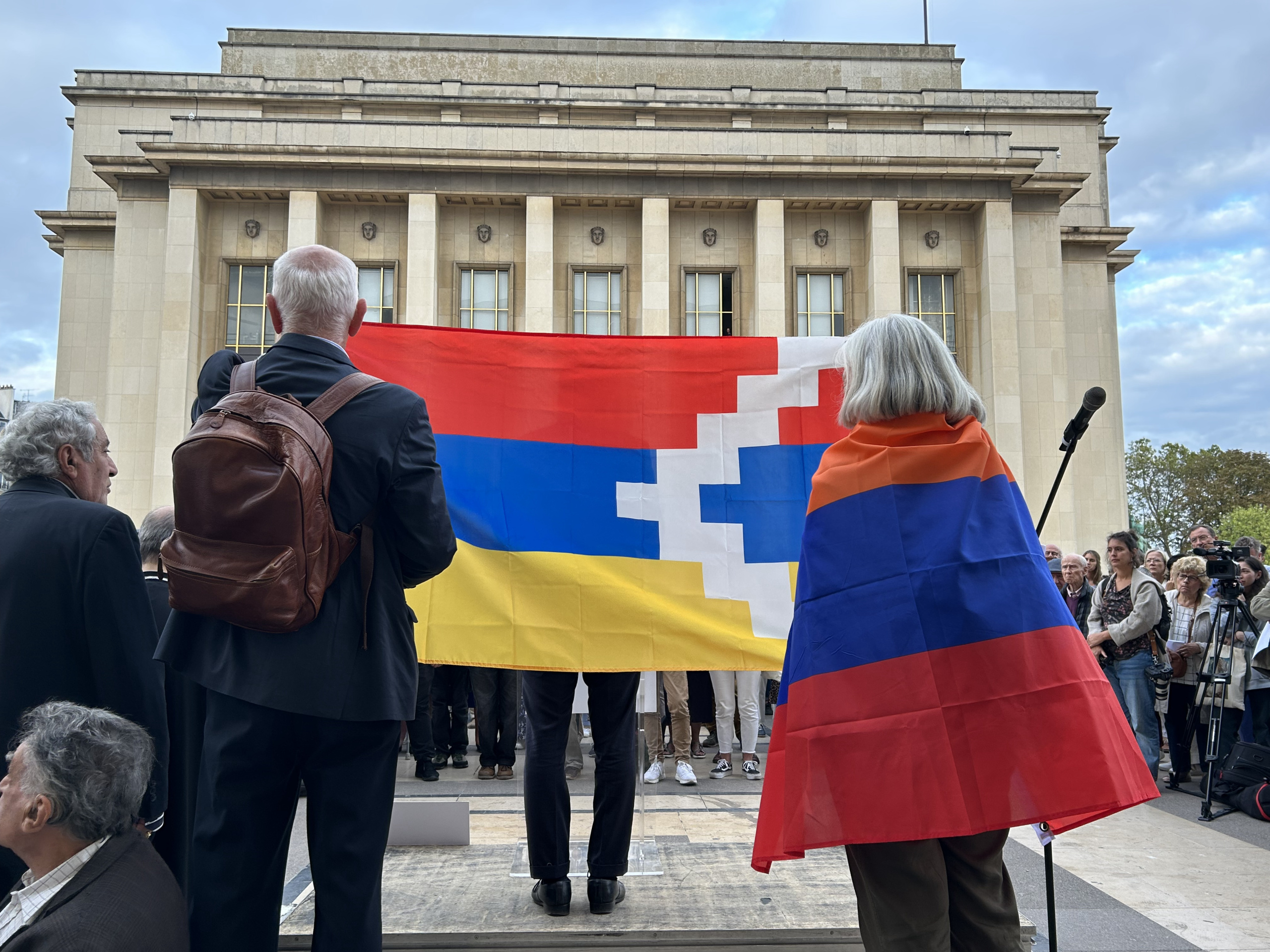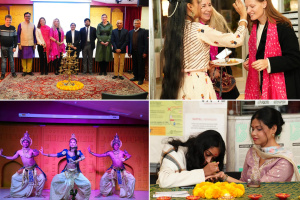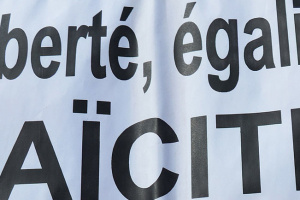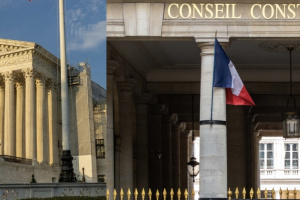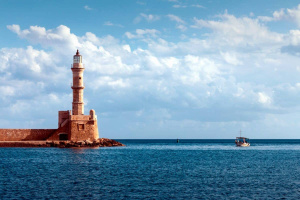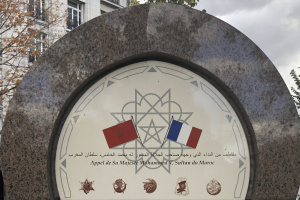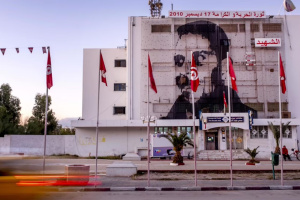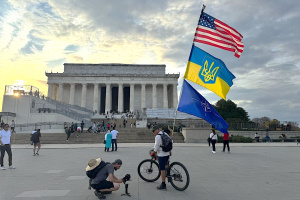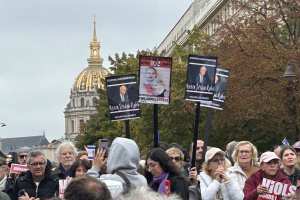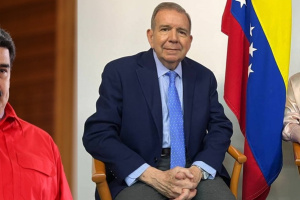Le territoire du Cachemire est source de conflit entre l’Inde et le Pakistan depuis longtemps, et le témoin déjà de trois guerres. En 1988-89, l’Inde a répondu à une révolte en noyant la région sous un demi-million de militaires, ce qui a causé la mort à près de 90 000 personnes. Après 2001, les Cachemiri ont déplacé leur mouvement indépendantiste vers des formes de protestation non-violente. A l’été 2008, certaines des plus grandes manifestations contre la présence indienne ont eu lieu ; mais prenant exemple sur la lutte palestinienne pour leur liberté, les Cachemiri ont lancé une pluie de pierres sur les forces indiennes, qui y ont violemment mis fin en tuant plus de 60 personnes, dont de nombreux enfants. Ce scénario s’est répété en 2009 et 2010, sans attirer davantage l’attention des médias occidentaux, qui témoignent d’une totale apathie envers les questions du Cachemire. Le 24 juin dernier, des militants armés ont attaqué un convoi indien à Srinagar, juste avant la visite du Premier ministre indien Manmohan Singh. L’attaque, qui a eu pour résultat la mort de huit soldats, a été revendiquée par Hizbul-Mujahideen. Mais l’Inde a préféré faire porter la responsabilité de cet acte à l’organisation Lashkar-e-Toiba (LeT), basée au Pakistan. En l’occurrence, davantage d’attaques ont eu lieu au Cachemire depuis le début de l’année, des attaques conduites par des militants locaux et jeunes – et éduqués -, ce qui diffère du passé. Showkat Hussian, professeur de droit international à la Central University Kashmir, pense qu’ « il y a un profond sentiment de frustration parmi les Cachemiris, et qu’ils sont désormais plus réceptifs à des moyens violents ». En outre, avec la fin de la guerre en Afghanistan et le retrait des forces internationales en 2014, des acteurs non-étatiques sont susceptibles de se reporter sur un autre conflit, et de soutenir le renouveau de la lutte armée au Cachemire. Cependant, l’Inde pourrait se servir d’un tel soutien pour crier à l’ingérence étrangère dans le mouvement indépendantiste.
As the world is captivated by the political churning in Egypt, Syria and elsewhere in the region, a ‘mini-revolution’ is brewing up in the almost ‘forgotten’ Indian administered Kashmir. A bone of contention between India and Pakistan, Kashmir saw its own version of “Arab Spring” few years earlier before the uprising in Middle East saw the fall of its first dictator in Tunisia.
Caught in a quagmire of political turmoil for over six decades, Kashmir is witnessing a slow resurgence of armed movement against the Indian rule. As United States led NATO forces near withdrawal from Afghanistan in 2014, observers fear a renewed phase of armed resistance remain eminent on Kashmir valley’s fast changing political landscape.
The Kashmir’s Arab spring
“The world may be celebrating the Arab uprising now, but we celebrated ours years before that,” says 25-year-old Wamiq Jehangir Baba, a civil engineering graduate from Srinagar.
The oldest conflict in the United Nations had gone into backburner as both India and Pakistan, who claim the territory in full, took to tables and ‘consciously’ chose to sidelines the issue. The two sub-continent neighbors ‘chose to overlook’ the aspiration of Kashmiris and decided to address the issue on bilateral fronts; much to the annoyance of people in Kashmir, who were never consulted for any talks on Kashmir. Both the countries had gone to war three times over the disputed territory.
In 1988-89, when the region witnessed the rise of a popular insurgency following the withdrawal of Soviet Union from Afghanistan. Inspired by Afghan war outcome, embittered Kashmiris started crossing over to Pakistan to seek arms training. India responded with severe crackdown to quell the uprising, flooding the region with more than half a million military and paramilitary forces, with immunity from prosecution. According to independent international organization, an estimated 90,000 people, mostly civilian died in the two decade long armed conflict. India puts the number much less.
After a brief period of relative ‘calm’ following the September 2001 twin tower attacks, the conflict-exhausted and fatigued Kashmiris shifted their ‘azadi’ (independence) movement towards non-violent forms of protests. This phase saw many young Kashmiris taking to social media to express their resentment against the Indian rule and oppression.
“Since 2006, Kashmiris had almost abandoned the armed struggle, though some groups still remained active. Ordinary Kashmiri in 2008, 2009 and 2010 opted for various non-violent ways to express their dissent,” says Dr. Sheikh Showkat Hussain, a Srinagar-based political commentator.
In summer 2008, the fragile ‘peace’ in the valley was smashed, as the region witnessed some of the largest protest against India since the rise of militancy, following a land transfer deal to a Hindu organization. The Kashmiris, many of who relate their independence struggle with that of the Palestinian, imitated Palestinian methods of protests, engaged the Indian forces by raining stones and broken bricks on them.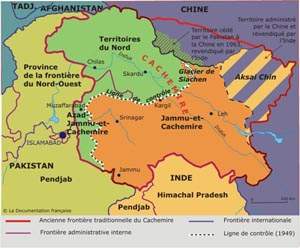
India clamped down heavily on these protests, killing over 60 people, many of them young. In the subsequent summers of 2009 and 2010, the valley again saw many more massive protests, in which more than 120 young men were killed, youngest of them as old as eight-year-old.
“India failed to respond to Kashmiris’ transition from violent to non-violent struggle post 2008,” says Srinagar-based journalist Gowhar Geelani, adding: “Their (Kashmiri) argument of power was ignored in the past and now their power of argument was dismissed with utter disdain.”
The uprising, termed by some as ‘Kashmir’s intifada’ or by some as ‘summers of discontent’, however got only a sliver of coverage in the international media, much to the disappointment of Kashmiris.
“There is a complete apathy towards Kashmiris. The west has maintained a criminal silence over Kashmir as India is an important commercial market for them, while the middle-eastern countries are engulfed in their own problems. But they will soon realize the mistake they have committed,” says Wamiq.
The resurgence
On June 24, heavily-armed militants attacked Indian army convoy in the heart of capital Srinagar on the eve of India’s Prime Minister Manmohan Singh scheduled visit to the valley. Eight soldiers were killed, while more than a dozen others were wounded in the daring attack. The assault was claimed by Hizbul-Mujahideen (HM), one of the largest militant groups fighting in the region.
“The attack was carried out by special squad of the outfit and our militants reached their hideouts safely,” outfit’s spokesperson told a Srinagar-based news agency after the attack.
However, the Indian security establishment, according to an Indian news agency, labeled it as a handiwork of Pakistan based Lashkar-e-Toiba (LeT) in an apparent attempt to shift the blame on Pakistan. While the Kashmir’s Pro-India Chief Omar Abdullah asserted that “such high profile attacks are aimed at restoring the shattered morale of the militants, while trying to demoralize the security forces.”
Few days earlier to this incident, militants also stuck in the city killing two policemen of the state police force on point blank range. Since March this year, as many as two dozen policemen have already been killed, the highest for last few years, indicating a paradigm shift in militant operation.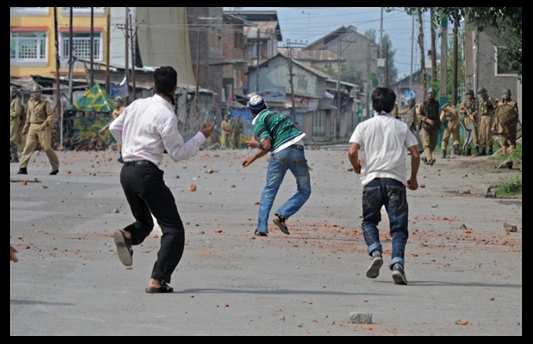
One of the most striking things about these incidents is that such attacks have been carried out by local militants, unlike in the recent past. Also, there has been a rising number of Kashmiri youth turning to arms and engaging the Indian forces.
Lately, there is a growing trend of highly educated Kashmiri youth taking to militancy. These Kashmiris, most of them in the age bracket of 18-25 years, are consciously joining militant ranks and increasing offensive against the Indian army and paramilitary. Most of them are home-grown, highly-motivated and self-trained. Having universities degrees, these youth are technologically more competent. They plan and coordinate attacks with more precision.
Altering Approach
Following September 2011 attack, most of the militant group except LeT, had gone into passive operations mode. Much of their actions remained restricted only in peripheral areas of the Himalayan region, particularly in areas bordering the actual Line of control (LoC), that divides Indian side of Kashmir from Pakistan administered Kashmir.
Many analysts saw this as an attempt by militant groups like United Jehad Council (UJC) — an umbrella group of various militant groups fighting in Kashmir – to intentionally lay low, thwarting India’s attempts of clubbing these groups in United States’ war against terror.
However, these groups apparently seem to have now shed such inhibition as the ‘Afghan end game’ nears. There has been an escalation of violence in the state with militants engaging Indian forces more regularly, a clear indication of changing scenario.
Dr Showkat Hussain, who teaches international law at Central University Kashmir believes, “there is a deep sense of frustration among Kashmiris and (they) are now more receptive to violent means.”
“2014 can create a conducive atmosphere for youth to reinvigorate armed struggle, given the fact that they may get the support of non-state actors, which will get disengaged from the Afghanistan war,” he asserts.
Gowhar Geelani emphasises that, “Pakistan can’t afford to lend an overt or covert support to second armed resistance movement in Kashmir and the presence of Afghan militants or other foreign armed men in the region would give India a chance to crib about the foreign hand and malign the indigenous struggle.”
“Nonetheless, the recent encounters between local gun-wielding youth and attacks on the Indian forces are certainly some indicators that all is not well, » he adds.
Even though the Indian authorities have rubbished such apprehension, it remains to be seen whether peace returns to Kashmir or the Himalayan region may visit its violent past.
Harris Zargar, journalist freelance from Srinagar (Indian-administered Kashmir)





